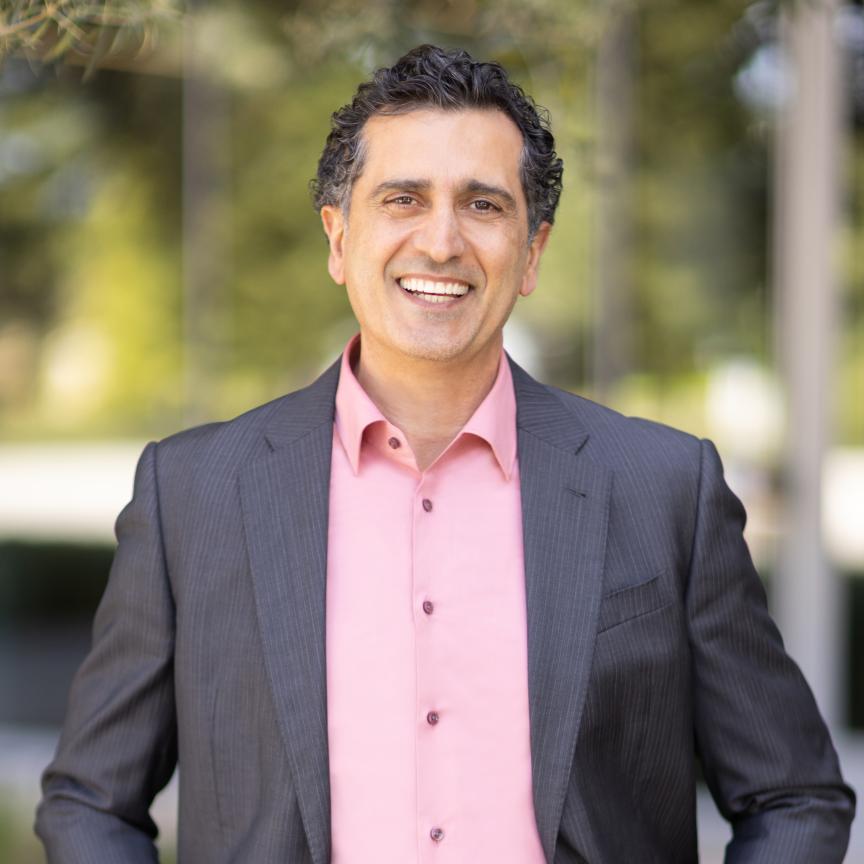Cheaper, smaller satellites, so called small-sats, will become more common in the future for Earth observation (EO), and this is a market the UK space industry has the expertise to take advantage of, according to Mick Johnson, director of the Centre for EO Instrumentation and Space Technology (CEOI-ST).
He commented: ‘One of the solutions [to getting good EO coverage] is that if you can make the satellites much cheaper, then you could have lots of satellites in a constellation. There is a trend towards that and the UK is very good at making small satellites at low cost – and quite sophisticated small satellites.’
Johnson was speaking to Imaging and Machine Vision Europe ahead of the centre’s Space Technology Showcase event, which will take place on 13 November in London, UK. The event will highlight various remote sensing technologies and show a number of CEOI-ST projects. Among the presentations will be those from the European Space Agency, Airbus, and STFC RALSpace, and topics under discussion include optical and quantum technologies for Earth observation, radar systems, and terahertz imaging.
Imaging resolutions of the larger satellites are currently around 1 metre, while the next generation of imagers have 30cm resolution or better, noted Johnson. However, a satellite typically only orbits the Earth once every 100 minutes, and then, depending on the orbit, it might be a week before it gets back to the same location. This is one of the reasons for building smaller, cheaper satellites, because it allows larger numbers of them to be used to increase the imaging coverage.
Between 2,000 and 2,750 nano- and micro-satellites are predicted to be launched from 2014 to 2020, according to data presented by Chris Brunskill from the Satellite Applications Catapult at Photonex, which took place in Coventry, UK from 15 to 16 October.
Skybox Imaging, which Google bought for $500 million in June, and Planet Labs are two commercial small-sats currently in orbit. Both offer optical and near infrared spectral bands for imaging.
The trend, according to Johnson, is to make instruments dedicated to a particular purpose. ‘As we can make smaller satellites that are reliable and at lower cost, then there is a trend to put just one type of sensor on one small satellite,’ he said. ‘Then maybe you put up a small formation of satellites which fly very close to each other – a few kilometres apart – but in the same orbit. That might allow you to measure lots of different things almost simultaneously.’
This could be CO2 levels in the atmosphere and the sea temperature, for example, measured from two different satellites simultaneously. The A-train is one example of a satellite constellation of six imaging satellites operating within the same orbital track.
Other trends Johnson noted taking place in Earth observation was greater use of radar and also imaging in the terahertz range for measuring trace levels of certain gases in the upper atmosphere – Edmund Linfield at the University of Leeds will present on this subject at the CEOI-ST conference.
Related articles:
Further information:

